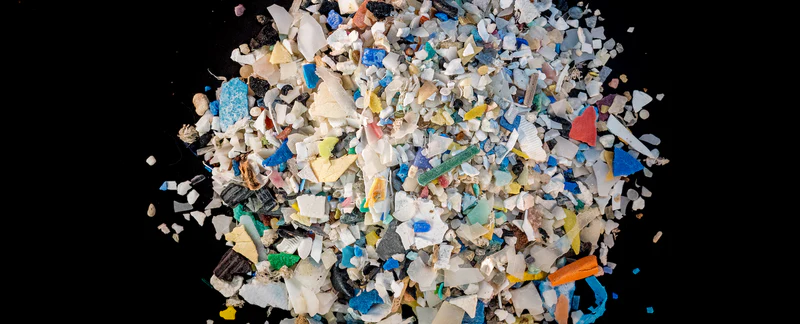TULSA, Okla. –
According to the World Economic Forum, microplastics are now found across land, sea, air, and increasingly in human organs. Scientists estimate that the average person consumes thousands of these plastic particles every year.
New research cited by Duke University warns that the global appetite for disposable products is a major driver. Every hour, the world discards 5.7 million toothpaste tubes, 570,000 cell phones, and 2.3 million pairs of sneakers. Each one of these items contributes to the planet’s growing microplastic load.
A separate study from Boston University has raised additional concerns. Researchers found that bacteria exposed to microplastics developed resistance to multiple antibiotics. The plastics provide surfaces for bacteria to cling to, creating new platforms for infection.
What are the health impacts of microplastics?
Scientists say microplastics can affect nearly every major system in the human body. Health risks include:
- Digestive inflammation
- Respiratory damage
- Hormonal disruption
- Fertility complications
- Immune system suppression
- Links to cancer, Parkinson’s, and dementia
How can I reduce the risk?
Experts say reducing your risk starts with smarter daily choices. Here’s what to avoid:
- Single-use plastics such as water bottles, straws, gloves, bags, cigarettes, and glitter
- Plastic cutting boards, which can release microplastic fragments, opt for wood, glass, or steel
- Heating food in plastic containers, which can release particles into your meals—use glass instead
- Disposable paper coffee cups, which often contain a hidden plastic lining that releases microplastics when hot


















